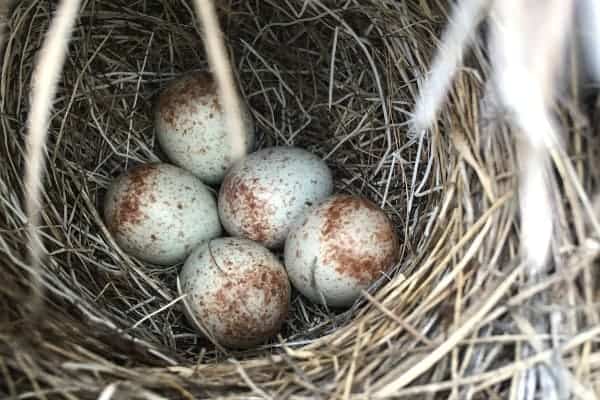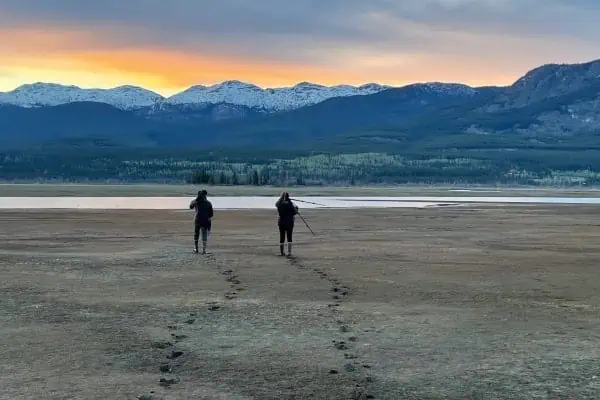One day in 2011, Todd Pilgrim was returning from a hike when he saw something grey and silverish by the road.
As he went closer, he discovered that it was a young tundra swan. It had a drooping wing and couldn’t fly away.
That’s how real-life tale behind Pilgrim’s children’s book, Angie, the Tundra Swan, began. He rescued the young swan and named her Angie, because her wings looked like the wings of an angel.
He brought her to a vet in Whitehorse, who bandaged Angie’s wing and told him it would take two weeks until she could fly again.
Pilgrim then took the bird to his home to nurse her back to health. “The most challenging thing in living with Angie was her loud calls,” Pilgrim says in an e-mail interview. “It was deafening, but I got used to it. She would call out to me when she was bored.” After a while, Pilgrim would start imitating the swan’s calls. As he describes in the book, he got down on his knees, to be at Angie’s eye level, then squawked with her, like two swans having a conversation “I was not sure what’s being said in swan language,” he says, “but we had lots of fun.”
Another challenge was the mess on the floor. “The poo was mostly liquid,” Pilgrim says, “so I laid newspapers all over the floor, and it wasn’t much of a problem.”
Beside the loud swan calls and the poop, Pilgrim and his new roommate became friends. When he went to bed, Angie followed him to the bedroom. Pilgrim laid a pillow on the fl oor, so she could sleep beside him.
Angie also spent a lot of time in his goldfish pond where she swam.
Pilgrim wrote that he became curious about tundra swans and did some research. He found out that they mate for life, and wait almost one year before breeding.
He discovered that female swans incubate three to five eggs for 32 days. After reading these facts, he had second thoughts about keeping Angie as a pet. If he kept her, she would miss out on finding a mate and having children.
Angie recovered and began flapping her wings fully. As she looked through the living room window and saw other birds flying, she would make soft calls to Pilgrim. “I thought Angie was telling me that she was ready to go to her natural habitat,” he explains.
So he picked her up and took her for a short drive. “It was very hard to set Angie free. I reported her to an offi cer of the Canadian Wildlife Service. He informed me to release her at the McIntyre Marsh, near Fish Lake Road.”
After the two had developed such a strong connection, it was also difficult for Angie to leave.
Pilgrim writes in the book that Angie kept calling out to him until he left her and drove away. He was sad to let her go, but it was the right thing to do, he wrote.
After they had parted company, Pilgrim was going through the photographs he had taken of Angie. “I thought this would make a great children’s story,” he says. “I used the photos I took and made up the story according to the photos. This only took me about a few hours. “I then made a few copies and gave them to some of my friends’ kids around Whitehorse as Christmas gifts. I got some great feedback and they all told me that I should get this published.”
It took time to find the right illustrator for his project, but Pilgrim eventually recruited fellow-Yukoner Juliann Fraser to do the colourful drawings that help tell Angie’s story.
Angie, the Tundra Swan is Pilgrim’s first published book, but, “I have a lot more stories on the sleeve,” he says.
The book is self-published with assistance from Friesen Press and will come out shortly. It will be available at Mac’s Fireweed Bookstore, Angelina’s Toy Boutique and Cole’s Bookstore for $18.98.




